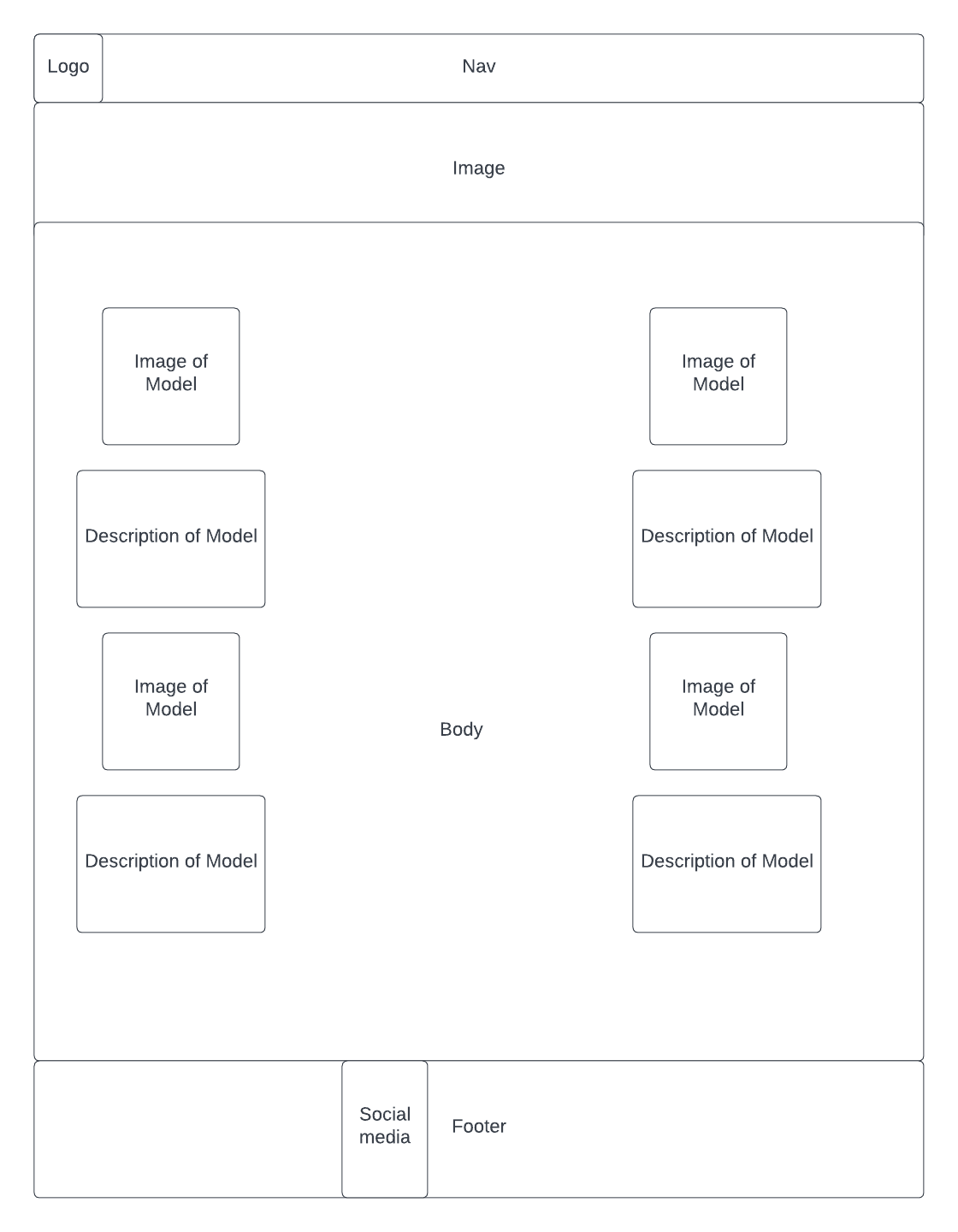Overview
Purpose
To inform readers about how AI works and is created.
Audience
Anyone who is curious to know more about AI and how some of it works.
Branding
Website Logo
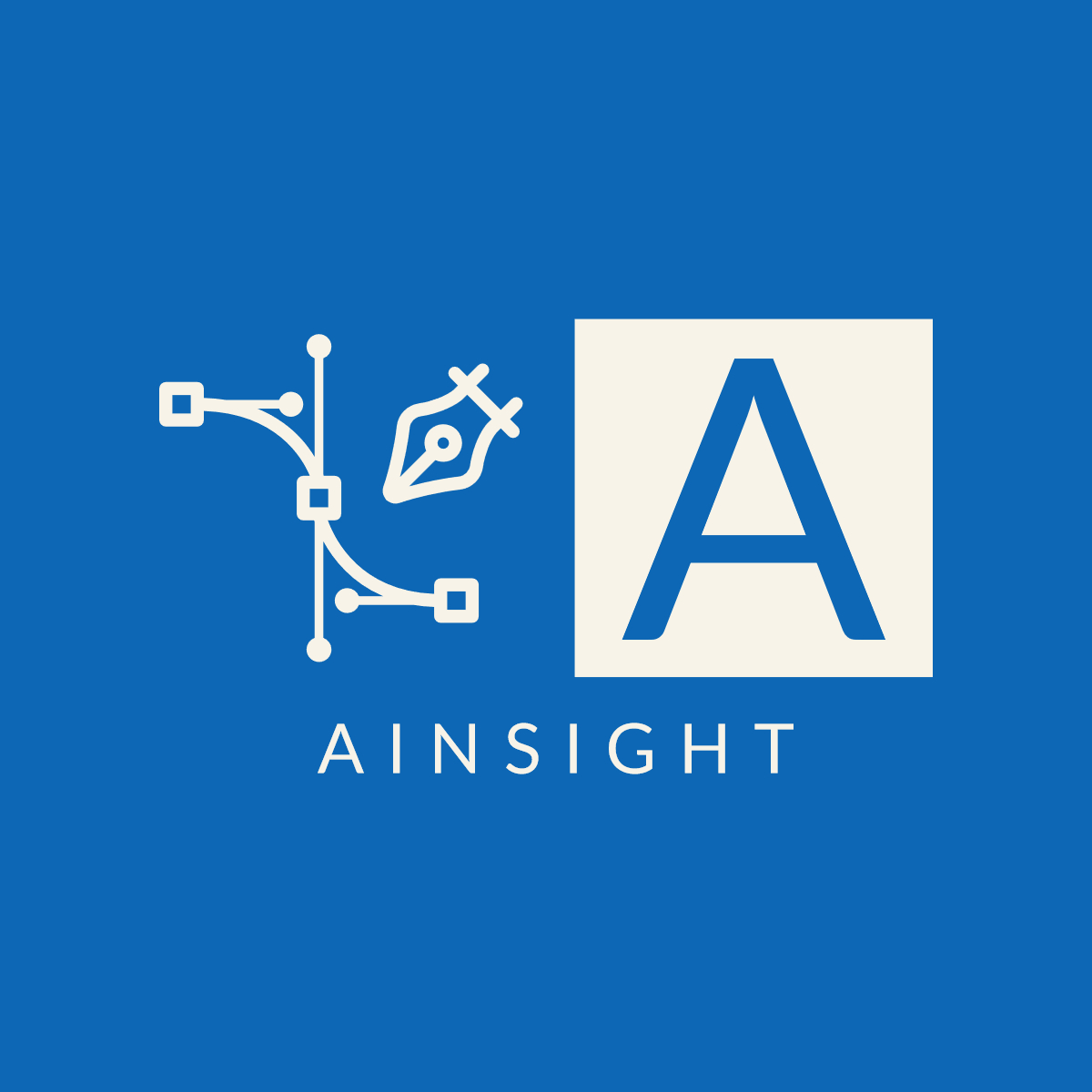
Style Guide
Color Palette
Palette URL: https://coolors.co/palette/0a1128-001f54-034078-1282a2-fefcfb| Primary | Secondary | Accent 1 | Accent 2 |
|---|---|---|---|
| [#FEFCFB] | [#034078] | [#0A1128] | [#1282A2] |
Typography
Heading Font: Nunito
Paragraph Font: Nunito
Normal paragraph example
Lorem ipsum dolor sit amet, consectetur adipiscing elit, sed do eiusmod tempor incididunt ut labore et dolore magna aliqua. Ut enim ad minim veniam, quis nostrud exercitation ullamco laboris nisi ut aliquip ex ea commodo consequat. Duis aute irure dolor in reprehenderit in voluptate velit esse cillum dolore eu fugiat nulla pariatur. Excepteur sint occaecat cupidatat non proident, sunt in culpa qui officia deserunt mollit anim id est laborum.
Colored paragraph example
Lorem ipsum dolor sit amet, consectetur adipiscing elit, sed do eiusmod tempor incididunt ut labore et dolore magna aliqua. Ut enim ad minim veniam, quis nostrud exercitation ullamco laboris nisi ut aliquip ex ea commodo consequat.
Navigation
Site Map
Content
Home page
Intro Welcome to AInsight! We are here to help you understand more about AI in your everyday life by explaining how it all works and comes together.
Types of AI There are three main categories of machine learning: supervised, unsupervised, and reinforcement learning. Each of them specializes in different problem types and data availability.
Supervised Learning Supervised learning is about predicting an outcome and is conducted by using a labeled data set. This means that the thing you want to predict has a list of numbers or words that describe and correspond to it. An example of this might be classify facial images of classmates. You have a stack of multiple images of each of your classmates with their names attached.
Unsupervised Learning Unsupervised learning is about recognizing groups within the data and can use labeled or unlabeled data. The data is stored very similar to supervised learning, but there is no item that is going to be predicted. A good use case for unsupervised learning would be ad targeting.
Reinforcement Learn Reinforcement learning is about finding the optimal way of doing something. This does not need a data set, but an environment instead. Reinforcement learning uses path finding algorithms to navigate and find the best way to do a task. One use case for reinforcement learning is pose estimation, learning how to pick an object up using a robotic arm.
Images for the Home page

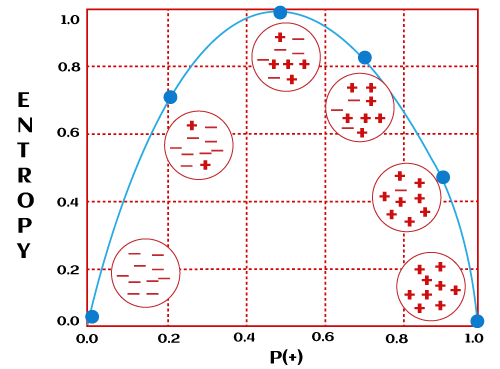
Principles
Principles of how work, gini, loss, gradient decent Some of the important ideas that allow models to learn are entropy, loss, and gradients. These ideas are at play in different models and some of the overlap.
Entropy
Entropy measures uncertainty or disorder. High entropy indicates high disorder.
 We can see that entropy is maximized at p=0.5. A value of p=0.5 means we are 50 certain that a sample belongs to class, thus the uncertainty is great. However, at p=0.9, we are 90 certain, so entropy is low. At p=0.1 , although we are 10 only sure that the sample belongs to one class, but that also means we 90 are sure it belongs to the other, thus our certainty is still high.
We can see that entropy is maximized at p=0.5. A value of p=0.5 means we are 50 certain that a sample belongs to class, thus the uncertainty is great. However, at p=0.9, we are 90 certain, so entropy is low. At p=0.1 , although we are 10 only sure that the sample belongs to one class, but that also means we 90 are sure it belongs to the other, thus our certainty is still high.
Loss Loss is the penalty for a bad prediction. That is, loss is a number indicating how bad the model's prediction was on a single example. If the model's prediction is perfect, the loss is zero; otherwise, the loss is greater.
Gradient A gradient simply measures the change in all weights with regard to the change in error. You can also think of a gradient as the slope of a function. The higher the gradient, the steeper the slope and the faster a model can learn. But if the slope is zero, the model stops learning. In mathematical terms, a gradient is a partial derivative with respect to its inputs.
Images for the Page 2


Models
Types of models There are many different types of machine learning and AI models that are used in industry and in your daily life. You probably have never heard of a DCN but for those that use Apple, you probably use it every day. Some of the most common machine learning (or ML) models used are decision trees, linear regression, and neural networks.
Decision Trees Decision trees are an intuitive way for people to imagine AI working. One might think that it is a series of conditions until we arrive at the proper place. Decision trees tend to be a great first choice in problem solving because they are easy to use and deliver great performance.
Linear Regression Linear regression models are the most useful in the world of ML. These, like decision trees, are also easy to use and very powerful.
Neural Networks Neural networks are the most popular model that is used. These are made for more complex problems such as image classification and audio synthetization. They come in small sizes and larger sizes. These models are harder to create and but immensely more powerful than any other model.
Images for the Page 3
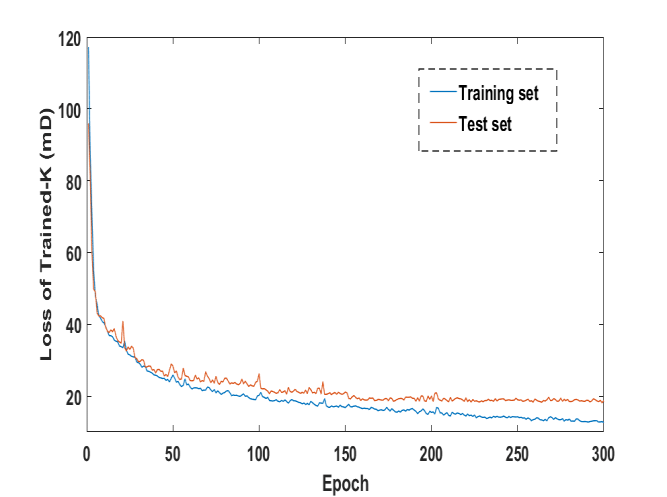
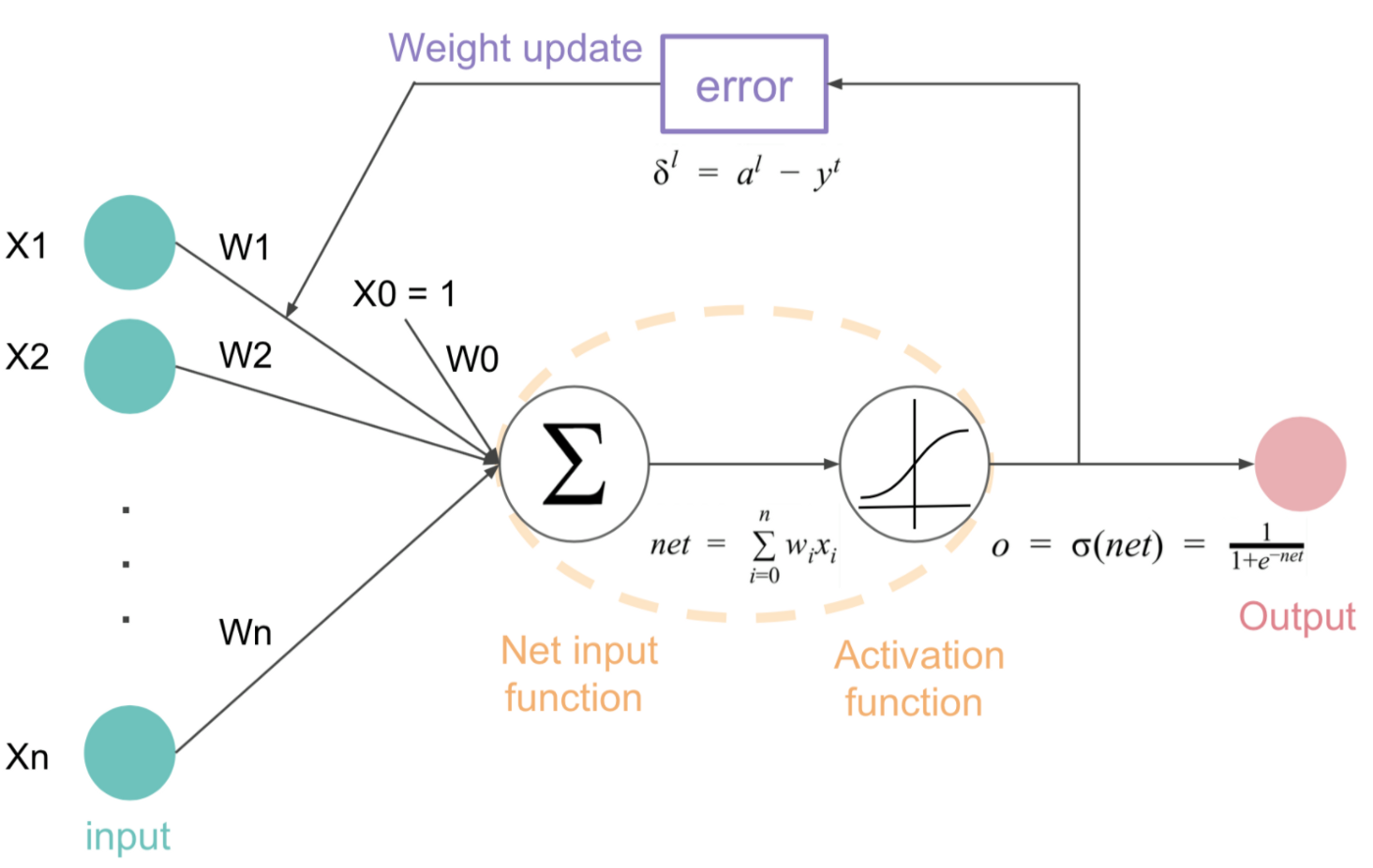
Wireframes
Create three wireframes for your site. One for each page and list them here
Home
[Any additional details about home that the wireframe does not make clear]
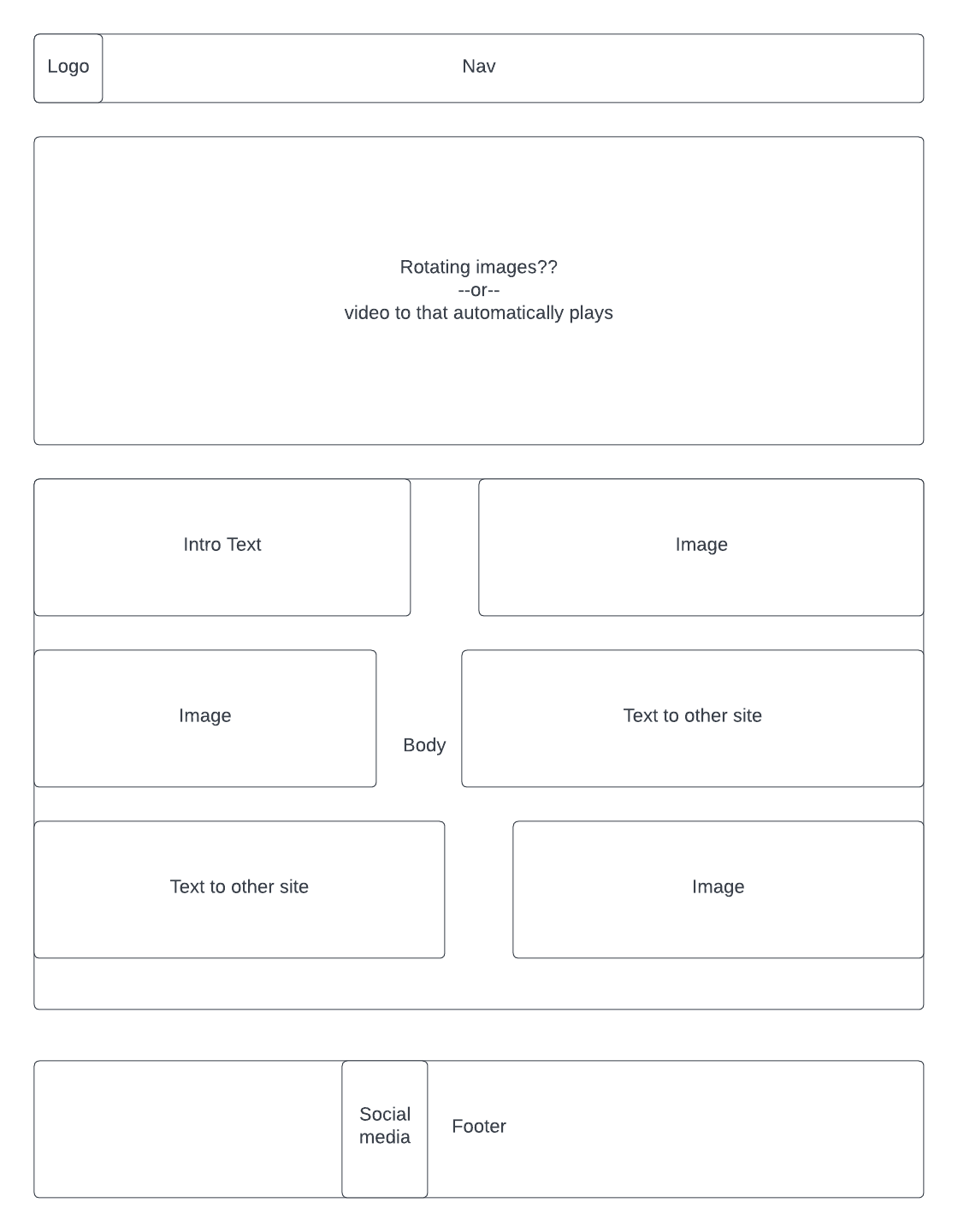
[Page 2]
[Any additional details about page 2 that the wireframe does not make clear]

[Page 3]
[Any additional details about page 3 that the wireframe does not make clear]
